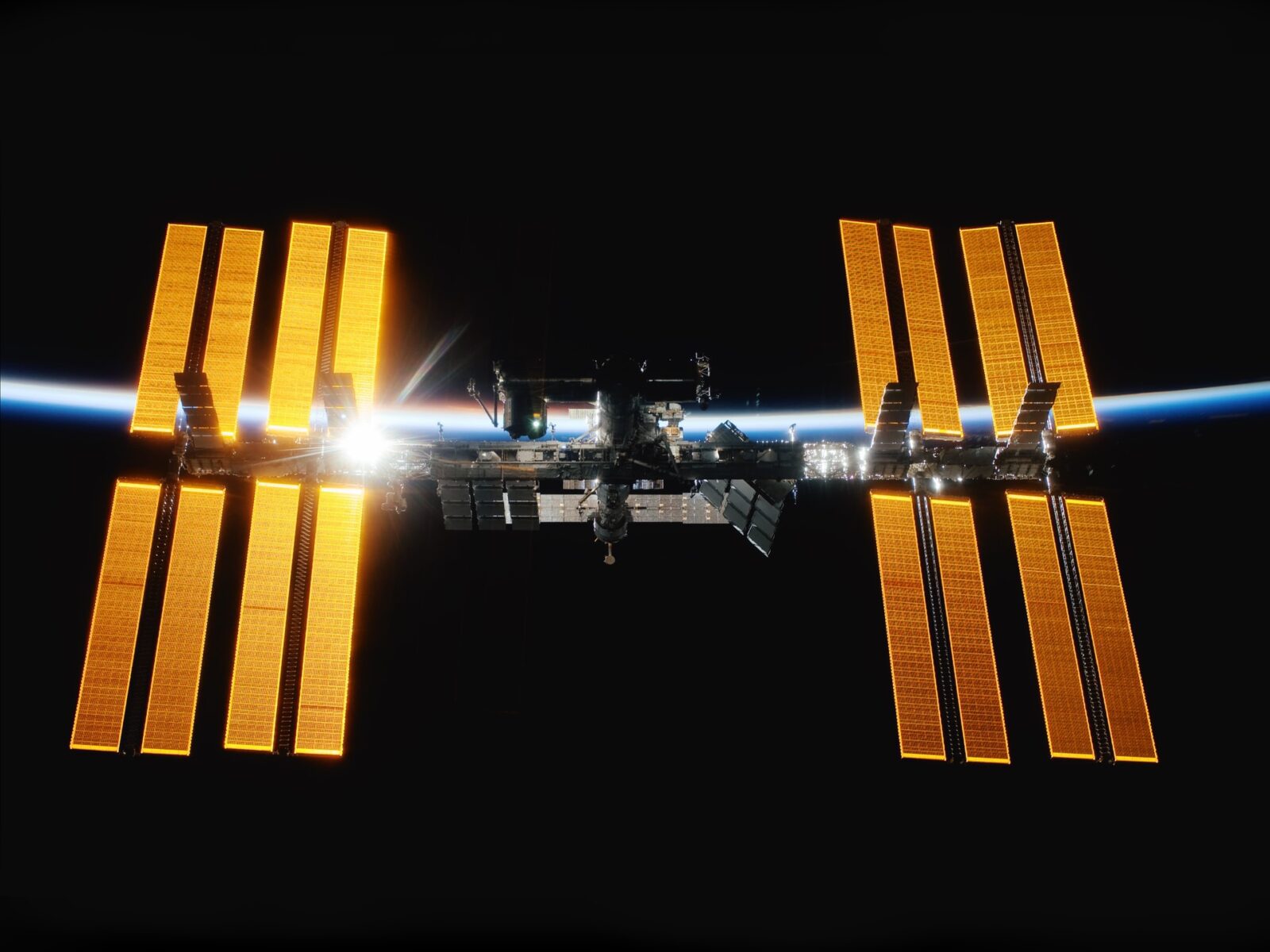The International Space Station (ISS), which is operated by NASA and the ESA (European Space Agency), is once again under the spotlight. The spacecraft is forced to make various maneuvers in space in order to avoid a chunk of a satellite that was destroyed during a Russian anti-satellite test last year, according to Space.com.
The team in charge of the International Space Station had to fire the thrusters of the Russian cargo ship, known as Progress 81, for a few minutes in order to dodge the debris. A Russian test of a direct ascent anti-satellite (ASAT) missile is what created the piece of debris.
Avoiding the Russian Cosmos 1408 debris
The new maneuver of the ISS made the spacecraft raise its altitude by 0.32 kilometers at apogee, meaning at its farthest point from the Earth. It was also 1.3 km at perigee, meaning the closest point to our planet.
NASA explained in the following statement:
This evening, the International Space Station’s Progress 81 thrusters fired for 5 minutes, 5 seconds in a Pre-Determined Debris Avoidance Maneuver (PDAM) to provide the complex an extra measure of distance away from the predicted track of a fragment of Russian Cosmos 1408 debris.
Back in August, it was made public that the International Space Station would also have a surgical robot on board. Therefore, the Miniaturized In-vivo Robotic Assistant (MIRA) designed by scientists from the Nebraska Innovation Campus (NIC) of the University of Nebraska-Lincoln (UNL) will potentially solve some of the medical issues that astronauts will be confronted with starting in 2024.
John Murphy, the CEO of Virtual Incision, stated in a press release:
The Virtual Incision MIRA platform was designed to deliver the power of a mainframe robotic-assisted surgery device in a miniaturized size, with the goal of making RAS accessible in any operating room on the planet. Working with NASA aboard the space station will test how MIRA can make surgery accessible in even the most faraway places.
The International Space Station remains the largest structure that humans have ever put into space.












Leave a Reply